
Mike Taylor’s Tips for Fishing and Preparing Fresh Seafood
As the weather warms up, anglers ranging from the most experienced to the occasional weekend warrior will be heading onto the water with expectations of catching the big one. So, of course, I wish each and every one the greatest success, and hopefully some personal bests are placed in your bin.

Aside from the fun part of catching your meal, there comes the next most important component of preparing and eating it. Many fish species can be found throughout the Coromandel Peninsula, providing ample opportunities for anglers of any age or skill. However, reef fish are generally more abundant on the eastern side, especially around the islands, making it a prime spot for catching some of the most sought-after varieties.
My wife and I have a passion for creating simple but delicious seafood dishes with fresh fish at the top of our list. Some ideas and options for the various species we catch are:
Snapper: The Everyday Seafood Star
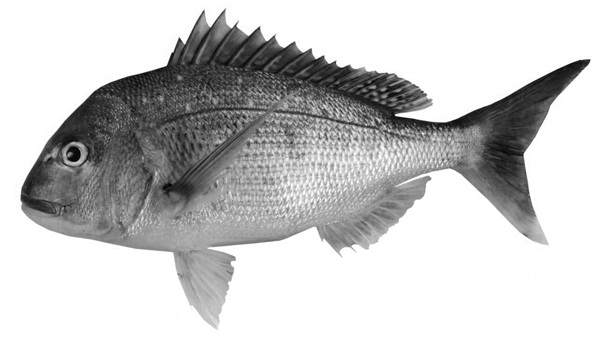
Snapper is something of a staple, but I never get tired of it fresh, pan-fried in butter with a green salad alongside. Freshly squeezed lemon is a perfect accompaniment. There are various rubs and seasonings I like to cook with to add some character to snapper before frying it. The Master Foods range has good seasoning products or try The Gourmet Collection’s “Seafood Spectacular.”
Gurnard: A Rare Catch, A Simple Pleasure
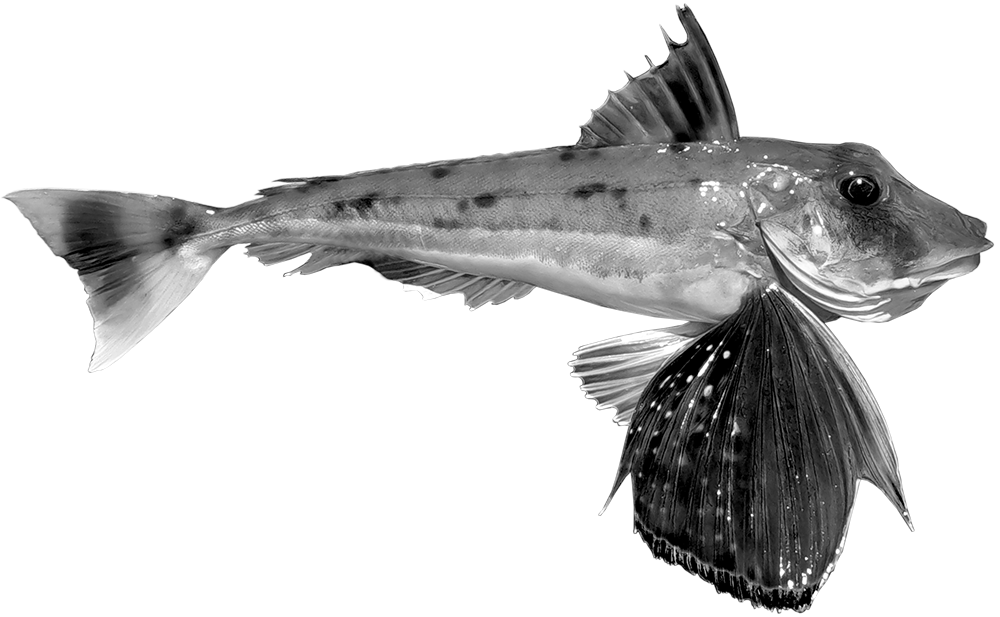
Gurnard is more difficult to catch, especially good-sized ones. If you do get lucky, this fish is amazing prepared very simply. Pan fry with butter and add salt/pepper/lemon. I know many experienced fishermen who consider gurnard number one on their eating list.
Kahawai: Transforming an Overlooked Fish into a Delicacy

Kahawai is plentiful in many areas of the Coromandel, often moving in big schools. This fish is underrated if dealt with carefully at the point of catch and in preparation for eating.
Bleed it whilst still alive, and when filleting, remove the dark areas of flesh if you want to avoid the slight bitterness therein. We chop the best parts of the Kahawai flesh into small pieces and make ceviche.
If you Google search ceviche, there are lots of good recipes to follow, and the firmness and oily nature of Kahawai is a perfect raw fish component.
If you have access to a smoker, then Kahawai is conducive to this method of cooking.
Trevally: The Clean and Simple Approach to Sashimi
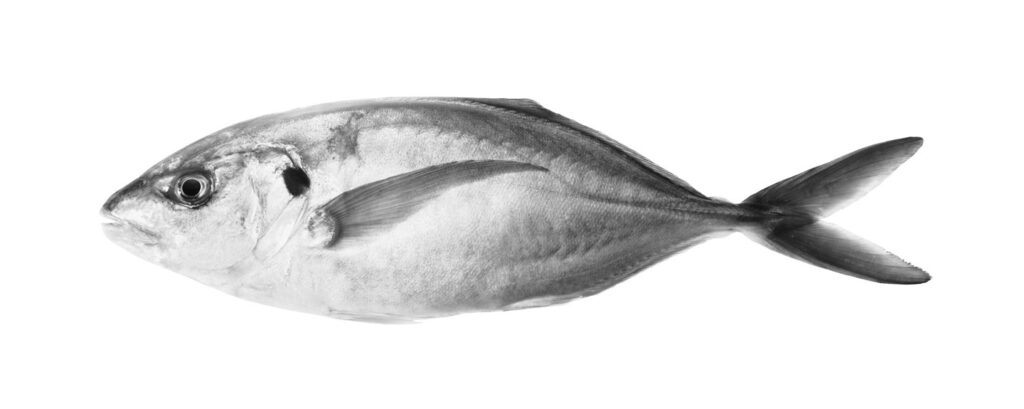
Trevally is a member of the Kingfish family and makes for excellent sashimi (raw fish). When filleting a trevally for sashimi, trim the dark-coloured bloodline along the centre of the fillet as you remove the bone structure. Sashimi needs to be clean, so a rigorous trim of all blood is essential. Thereafter, slice long thin pieces of the flesh and serve it cold (we place ours in the freezer for 5 minutes to achieve that effect). The dipping component is a tried and true combination of soy sauce and wasabi; mix them to achieve the right ratio depending on your appetite for wasabi. When the sliced fish is dipped, the texture and taste give a lovely flavour hit, which quickly passes as you line up another piece. Amazing.
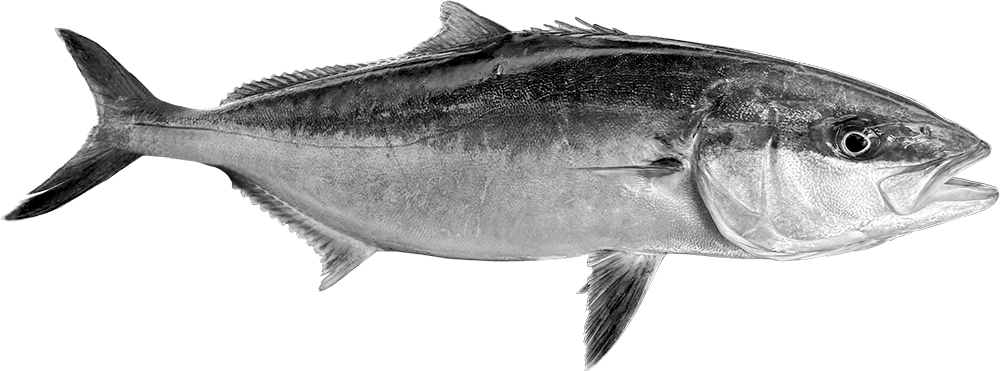
Kingfish: The Big Catch That Delivers on the Plate
Kingfish are a powerful and often large species, typically caught on live baits (mackerel) or jigs.
Our region has a number of skilled charter operators who provide wonderful experiences catching these clever and very tough fighting fish.
If you want a special fishing experience, this delivers in my view. The Kingfish is excellent eating and very versatile. Kingfish can be pan-fried as steaks, makes good sashimi (see the Trevally section above for that process), and is also lovely smoked.
A legal Kingfish offers a significant quantity of meat, so catching one is an opportunity to experiment with all options to prepare and eat.
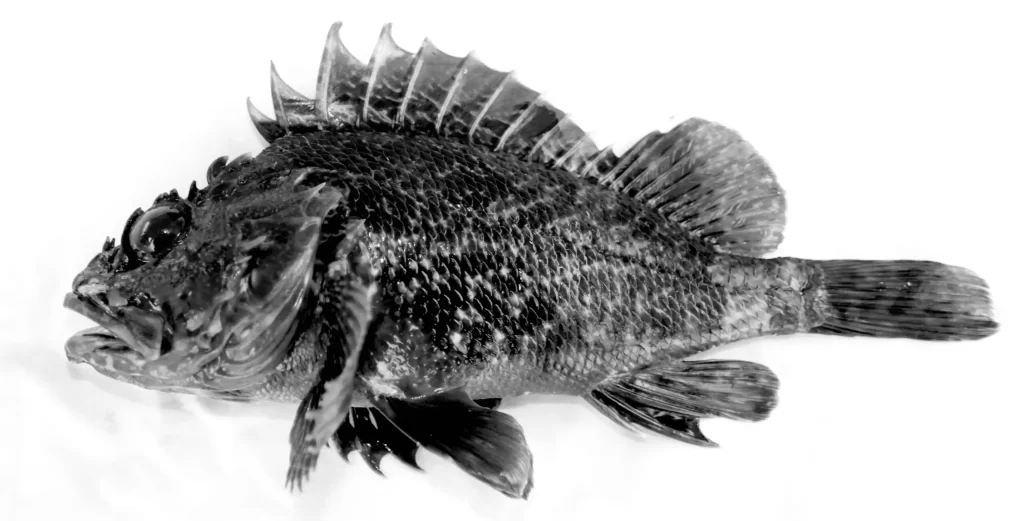
Hidden Delights: Red Pigfish and Red Scorpion Fish on the Reefs
There are two fish you may well catch whilst fishing over reefs. On shallow reefs or weedy areas, Red Pigfish can be quite abundant, and on deeper reefs, Red Scorpion Fish are present. Both will take a bait. Most people throw these species back, but I encourage keeping them for eating quality.
The Red Pigfish has firm, pearly white flesh and no bloodline (just a pure white fillet). Very good eating pan-fried. The Red Scorpion Fish (Google it to identify) are very spiky and unusual-looking. Be careful of the spikes; they are nasty but manageable. The reward for taking this fish is a thick, firm, and clean white fillet that has similar characteristics to crayfish. It is often referred to as “poor man’s crayfish.” We make curries from them which hold together beautifully, given the firmness and texture.
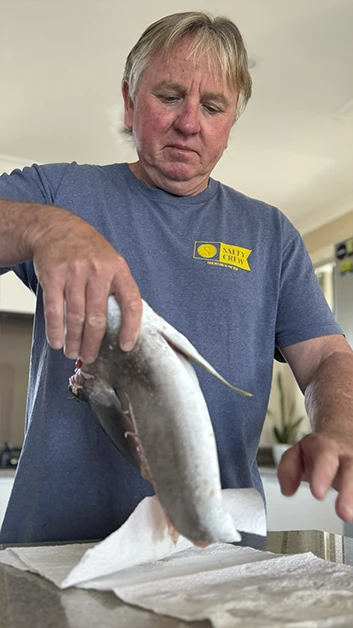
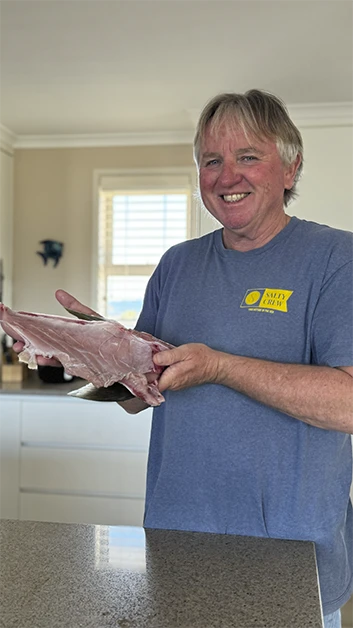
A brief word on filleting. Investing a few extra dollars on a fit-for-purpose sharp knife and solid wooden filleting board makes a big difference. Keep the knife flat when filleting, and nice long strokes pushing into the backbone work best. YouTube will help any beginners.
Finally, Sauvignon Blanc and Chardonnay are great with fish. Or just keep it simple and pair it with your favourite beer.
Bon appétit!
Words by Mike Taylor

Coromind: Coromandel’s Collaborative Magazine

Help us take Coromind Magazine to new heights by becoming a member. Click here
Change the Weather for Your Business: Advertise with Us.
Advertise your business in the whole Hauraki Coromandel in the coolest Coromandel Art Magazine, from Waihi Beach/Paeroa /Thames up to the Great Barrier Island.
Advertise Smarter, Not Harder: Get in Touch





